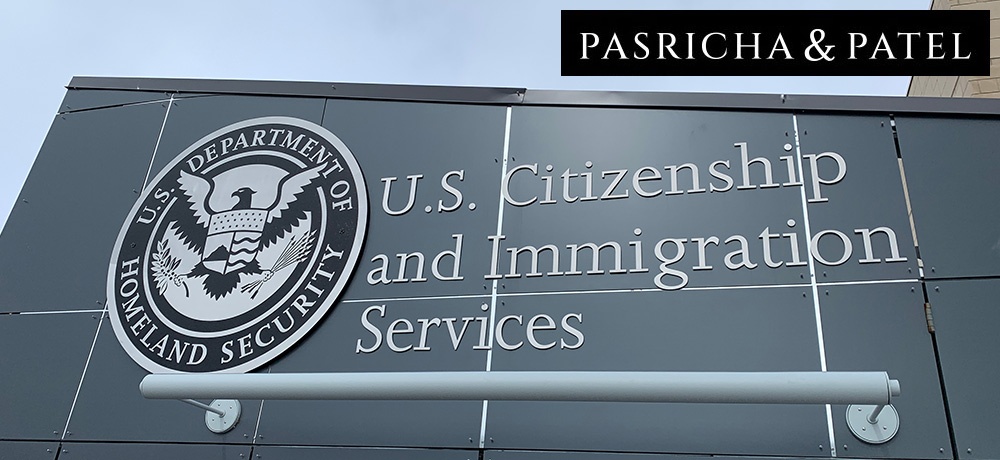
USCIS Revamps Fee Payment Process Prioritizing Convenience and Efficiency
Categories: Attorneys , Best US Immigration Attorney , Business Immigration , Business Law , immigration attorneys , Immigration Law , International Law , Law Firm , Lawyers , Legal Services
On January 26, 2024, the United States Citizenship and Immigration Services (USCIS) outlined changes to the payment method for certain benefit request forms such as:
- Form I-131, Application for Travel Documents
- Form I-212, Application for Permission to Reapply for Admission into the United States After Deportation or Removal
- Form I-694, Notice of Appeal of Decision Under INA Section 210 or 245A of the Immigration and Nationality Act
- Form I-765, Employment Authorization Document
- G-884, Request for the Return of Original Documents
- EOIR 29, Notice of Appeal to the Board of Immigration Appeals from a Decision of a DHS Officer.
USCIS introduced a new approach to fee payment, eliminating the requirement for in-person visits to field offices to pay the fee for most of these benefit applications.
Primary Takeaways:
- Change in payment procedure: Prior to the change, for certain types of immigration benefits, applicants were required to make payments in person at their respective USCIS field office. Now, depending on the type of form that the applicant is submitting, fees may be paid online using a credit/debit card of bank withdrawal; by mail with a card, check, or money order; or by visiting in person at a USCIS field office (should such a need still exist).
- Applicants should make sure to first review the filing instructions because failure to adhere to guidelines may lead to incorrect filings, forcing resubmission to the correct office, and delaying the filings unnecessarily.
- Emergency Advance Parole (EAP) Requests: Emergency Advance Parole (EAP) requests still require applicants to schedule appointments with the USCIS Contact Center and make in-person submissions at field offices. This procedure remains the same because given the matter priority, it would be more appropriate for the local field office to handle this procedure in-person.
To conclude, USCIS' adoption of a remote fee payment for most types of immigration benefits creates simplicity and convenience for applicants as well as for field office staff members. For readers who have any questions about the changes in fee payment processing or any specific questions about your own case, we recommend you contact our office to schedule a consultation to discuss your matter with our experienced attorneys at Pasricha & Patel, LLC.